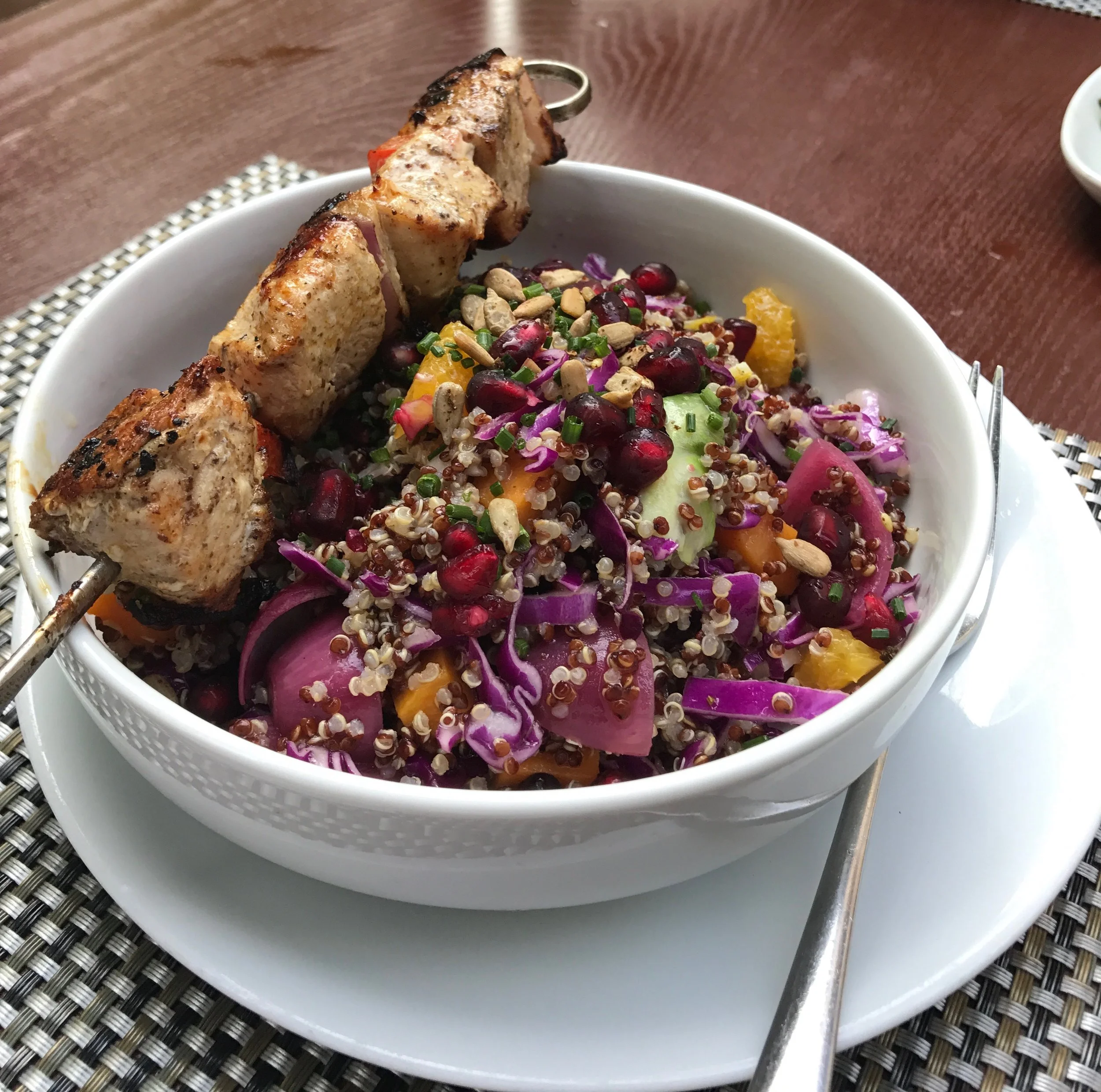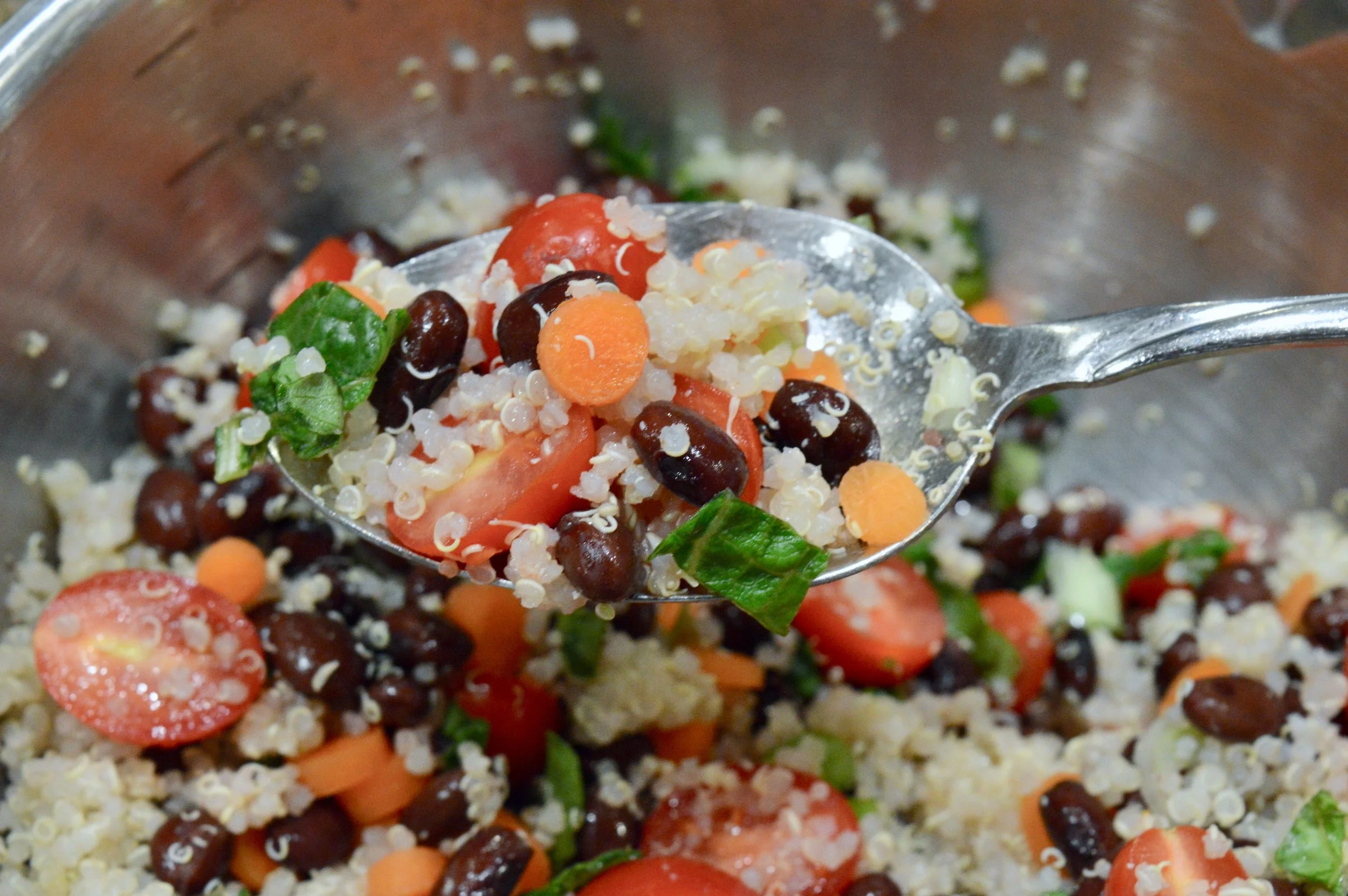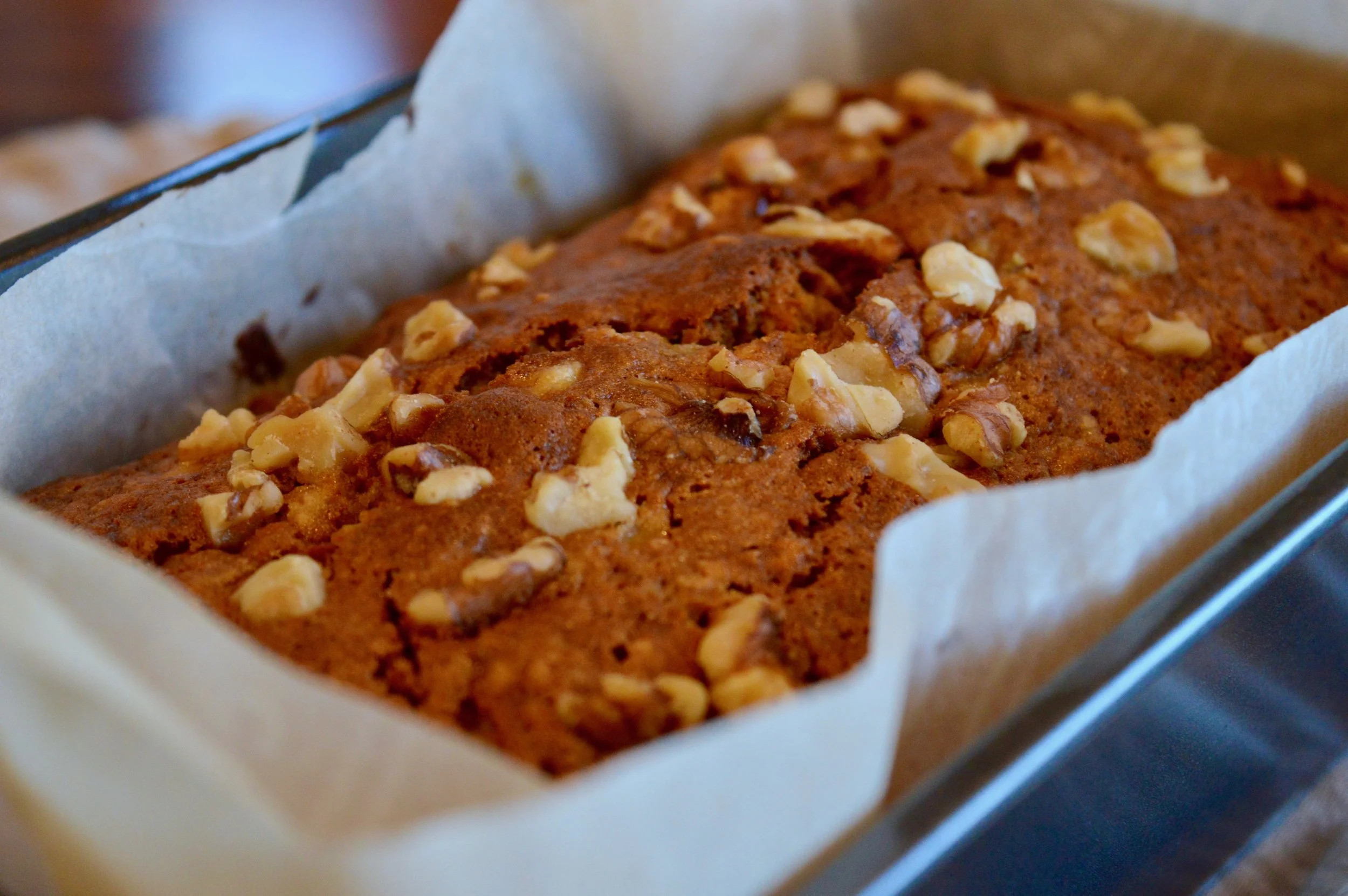Your Nutrient Intake
Are you finding that despite meditating, yoga and trying to be physically active, that you really aren’t feeling as well as you could? Perhaps you need to take a closer look at your nutrient intake. Notice I did not say “nutritional.” That’s because we tend to focus on carbs, proteins, fats; which ones to eat and which ones to avoid. But we forget that the foods we eat are also supposed to give us nutrients that help our bodies to function optimally and remove toxins that come from what we ingest or even from everyday metabolic functions of our body!
Micronutrients and Resiliency
The food we have available to us from mother nature; whole, natural foods, are complete packages of mixed nutrients in the right amounts and the right mix to help our complex bodies function. When we allow our bodies to absorb and use these nutrients, we stay healthy and resilient.
By nutrients, I’m referring to the vitamins, the minerals and the phytonutrients in foods - a.k.a “micro-nutrients.” These micronutrients help turn that carb, protein or fat into energy, hormones, parts of cells and so on. They even help eliminate toxins from our body! To make sure we are getting enough, we need to eat more of plant-based, whole-foods; not one filled with processed and packaged foods.
The best way to ensure you are getting these nutrients is to make more meals at home. I know what you are thinking: “How am I going to find the time to make meals from these whole, natural foods? It’s so much work!” Well, this is your lucky day! Below are my top 3 tips to get you eating a more colourful, plant-based, whole foods diet and cooking more at home. Enjoy!
My 3 Favourite Hacks for Amping Your Nutrient Intake!
Batch Cooking (grains, soups, stews, sauces, chilli, beans)
If you are going to cook something, why not double the recipe and freeze half to eat on those days when your time is short? Making a homemade vegetable soup? Make double and freeze half. Don't forget to label the dish using masking tape and permanent marker so you know what it is later.
When I cook up grains like quinoa or even dry beans and lentils, I do the same thing. Instead of just making a cup, cook the whole bag. When it’s cooled, put some in the fridge to add to salads throughout the week. Place the rest in 1 cup portions in ziplock bags in the freezer. Whenever your recipe calls for it, just pull it out, thaw and voila! Grains, beans and lentils last for about 4-5 days in the fridge, (don’t refrigerate reheated portions), and in the freezer for about 3 months.
Quinoa is an excellent grain to do this with. You can use it in many ways: baking, adding more protein to salads, making a side dish for dinner, adding to stews and hot meals made with ground meat to add more substance and reduce the amount of ground meat used.
2. Stock Your Pantry and Freezer With Essentials.
Then you can whip up a meal in no time: Here are my favourites:
With these ingredients, you can whip up vegetarian bean chilli in no time at all. Or how about lemon and herb roasted salmon with roasted broccoli, lemon-dijon vinaigrette and a side of quinoa? It can be ready in 30 minutes!
3. Batch Preparing
Much like batch cooking above, this is where you take some of the preparation steps, one step further to cut down on time later. For example, let's say you need to chop some onions for a recipe, why not chop a whole bunch of onions and then freeze the extra chopped onions in ziplock bags for later use? You can do the same with garlic, ginger.
This is also great for baking as you can combine the dry ingredients in a package to pull out later. To do this, have 4 large ziplock bags open when you are about to bake muffins or a loaf or any other snack. Then, as you measure out the dry ingredients for your recipe, also measure out the same dry ingredient amount into each of the ziplock bags. So, for example, 1 cup of oats into your mixing bowl and then 1 cup of oats into each of the ziplock bags and so on.
When you are done, you will have the mixing blow with the dry ingredients of what you are about to bake and 4 other ziplock bags with the same dry ingredients. Label the bags and the next time you want to bake, just pull one out and add in the wet ingredients! Time saved!
BONUS:
The Salad Bar Hack:
Do you ever just run out of time to getting lunches ready for the week? This was something I ran into all the time so I came up with this hack to make sure I still eat healthy at work. Next time you go to the local grocery store visit the salad bar and pick up some mixed bean salad or a roasted vegetable salad as well as some chopped kale salad. Kale is a hardy, leafy green that won’t get soggy when you mix it with dressing and will keep longer. When you get home, mix the salads together, add some fresh lemon on top and voila! A hardy and tasty salad lunch that you can have for at least the next 3 days!
My Nutritional Training:
Harvard Medical School “Foods That Heal”, Arizona Centre of Integrative Medicine - Cardiovascular Health and Nutrition (6hr course), Functional Medicine - Cleveland Clinic (5-day course), CHEF (Culinary Health Education Fundamentals) coaching- Harvard Medical School & Institute of Lifestyle Medicine (15 hr course)





